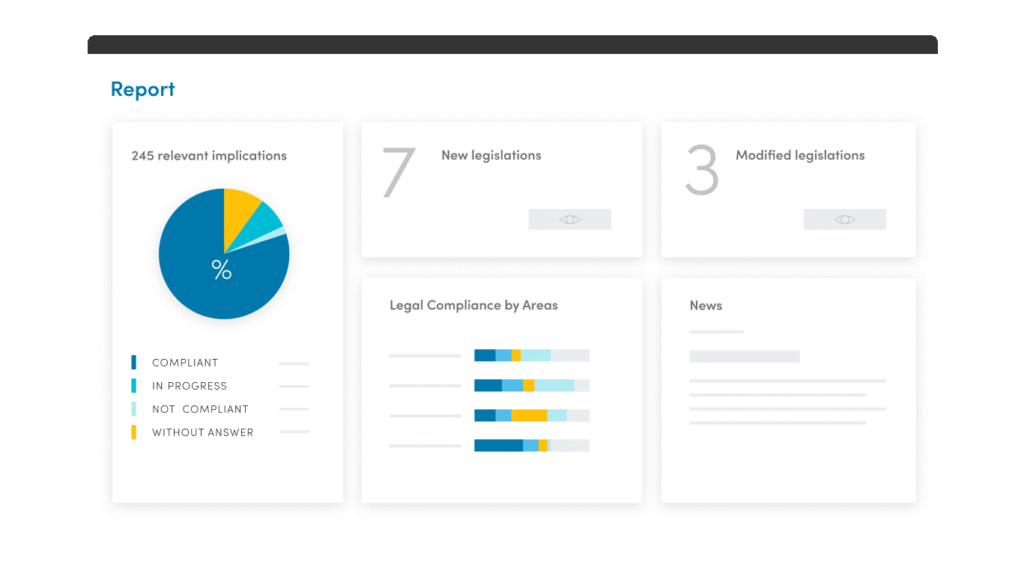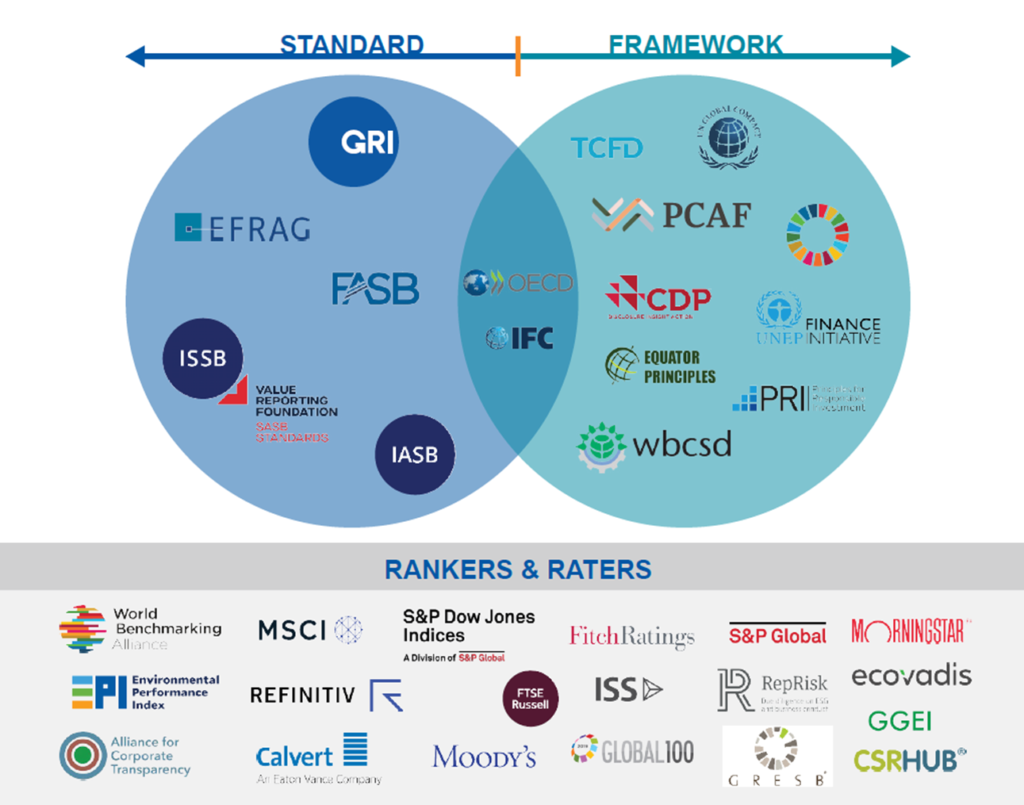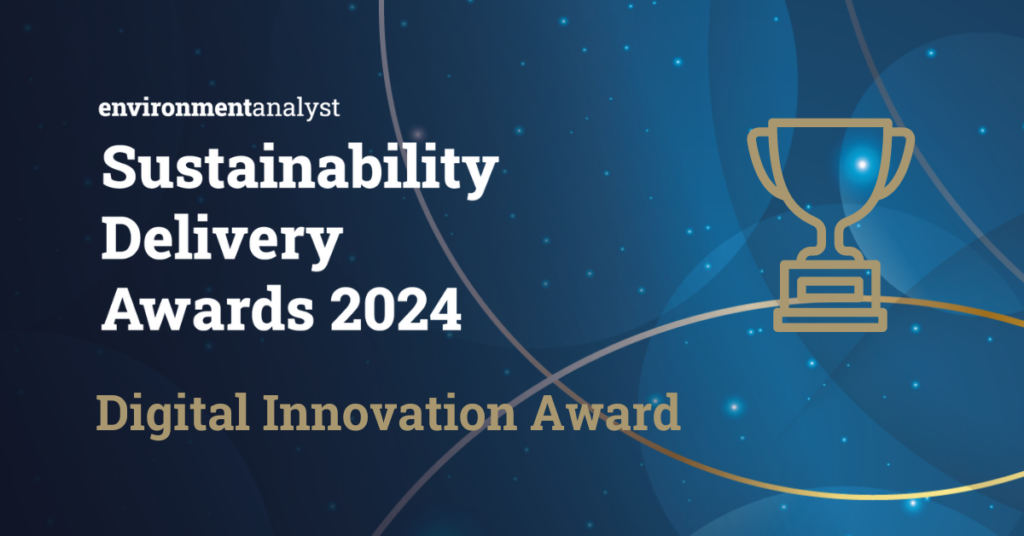Why ESG data is crucial to your business?
ESG refers to a set of standards in the areas of environment, social and governance. Over the past decade, a seismic shift in regulatory requirements and stakeholder expectations has seen ESG move from a nice-to-have to a must-have. Global corporations have long talked about looking beyond the short-term profit motive, of course, but now even many small and medium-sized enterprises are seeking to establish a transparent, scalable ESG strategy.
Data is central to any comprehensive ESG strategy. Why? Because ESG is about making progress and establishing a more sustainable company through continuous improvement. Good, reliable ESG data can be used both internally, as a way to drive and measure change, and externally, as a way to communicate that change to the world. In this post, we examine the best practices for collecting and managing ESG-related data across your company.
Best practices
1. Establish a cross-functional ESG team
To have a comprehensive overview of your enterprise’s performance in ESG terms, you need to clearly understand how the concept relates to every area of your organization. The first step is to perform a ‘materiality assessment’, where you assess the relative importance of specific areas of ESG to your organization. As part of this process, we recommend forming a team of representatives from various departments to ensure all aspects of ESG data are considered. Adjusting from a sheer profit-driven motive to a broader, more mature view is a huge challenge. Make sure your ESG leader is fully committed to transformation and capable of instilling the same enthusiasm in others.
Top tip – Choose the right leader: Ideally, the ESG cross-functional team leader should come from the company’s top management. Having a top management representative leading the team can enhance visibility, commitment, access to resources, integration with business strategy, and improved coordination within the company.
2. Define data collection and management processes
It goes without saying that your data needs to be consistent and well-defined, with a focus on both quantitative and qualitative data. This is why it is vital to establish clear processes for data collection, including the types of data to be collected, the frequency of collection, and methods for data validation.
Top tip – Write it down: An oldie, but a goodie. Providing specific, easy-to-follow instructions on producing the data will help avoid confusion, unnecessary questions and – the cardinal sin! – messy data.
3. Implement a data management system
For transparent sustainability reporting, you need to be able to access your ESG data easily and quickly, and also have the opportunity to transform it into flawless reports. We advise you to use a cloud-based software platform for storing, analyzing, and reporting ESG data.
Top tip – Don’t go DIY on ESG: There are some excellent platforms out there to help you effortlessly store, track and report your data – go pro.

4. Use standardized metrics and frameworks
If you want to obtain an ESG rating, the choices are almost endless. We recommend selecting well-established ESG metrics such as the Global Reporting Initiative (GRI) Standards. This will help ensure that your data is comparable across both the organization and industries.
Top tip – Consistency is key: You can expect to be collecting ESG for years, and hopefully decades, to come, so make sure you have a consistent system from the very start.

5. Communicate the data effectively
Let’s assume that you have standardized data, housed on a reliable, easy-to-use platform. Now you are ready to communicate ESG data to key stakeholders, including investors, employees, and customers. Again, a good mix of quantitative and qualitative data is important: use the information at your disposal to tell the narrative of your success.
Top tip – Introduce an annual ESG report: An effective way to not only communicate your achievements to the wider world, but also to motivate your team to strive for greater change.
6. Continuously monitor and improve
Always monitor and evaluate the effectiveness of your data collection and management processes. To encourage continuous improvement and establish true ESG sustainability, you need to not only keep growing in all specific ESG areas, but also make any adjustments needed to improve the accuracy and relevance of your ESG data.
Top tip – Make the PDCA (plan-do-check-act) cycle a regular habit: Formalize this procedure by introducing specific steps to promote improvements, such as monthly reports, departmental ESG sessions and targeted action plans.
7. Integrate with other systems
As your company expands its commitment to ESG, it will become increasingly important to establish synergy between different areas of your enterprise. Move swiftly to integrate ESG data with other systems and processes within your organization, such as financial reporting, operations management, and risk management.
Top tip – Make ESG an integral part of your overall business strategy: If you are genuinely committed to making real progress, make sure your business strategy is geared towards making it happen.

8. Compliance with regulations
Compliance is crucial to ESG data – we are concerned with trust, and breaking the rules is one of the easiest ways to undo all your good work. Always ensure compliance with relevant regulations and guidelines, such as those related to sustainability reporting and disclosure. If resources are limited, try to focus only on the ones with legal jurisdiction in your areas of operation.
Top tip – Don’t get overwhelmed: ESG compliance can be a true minefield, as countries, regulatory bodies and frameworks mandate their own guidelines. Ultimately, you may find that you require external expertise to ensure everything is in order.
9. Regularly review and update the system
Naturally, you should periodically review and update your data management system to ensure it remains up-to-date with new regulations, industry standards, and best practice.
Top tip – Keep your eyes peeled: In addition to reading the latest news online, you can also access a whole host of ESG-related conferences, webinars, videos and much more besides.
10. Benchmark industry peers, ratings and best practices
Not only can benchmarking – measuring your own performance against others in your industry – serve as an excellent source of motivation for your team, but it can also be a great source of pride if you manage to move toward the top of the tree.
Top tip – Never lose that competitive edge: Keep setting clearly defined targets, both in your external communications and internally.
Your future reputation starts now

The decision to commit to building a more sustainable, forward-thinking corporate structure will set you on the road to a positive future. Data is a crucial part of that journey: high-quality ESG data will provide you with a platform to improve key areas. Not only will this benefit the world around you and heighten your reputation, research has also shown that companies which focus on ESG also tend to enjoy higher profits, greater staff retention and excellent long-term business growth. To attain a brighter future, start building in the present.
Denxpert specializes in innovative and customized ESG and EHS software solutions used by more than 500 of the world’s leading organizations. If you are interested in ESG-aligned business growth through better data, easier reporting, and expert help, we’d be delighted to hear from you.
Source:
ESG
https://www.globalreporting.org/standards/
https://www.crowe.com/insights/5-steps-to-create-a-cross-functional-esg-team







